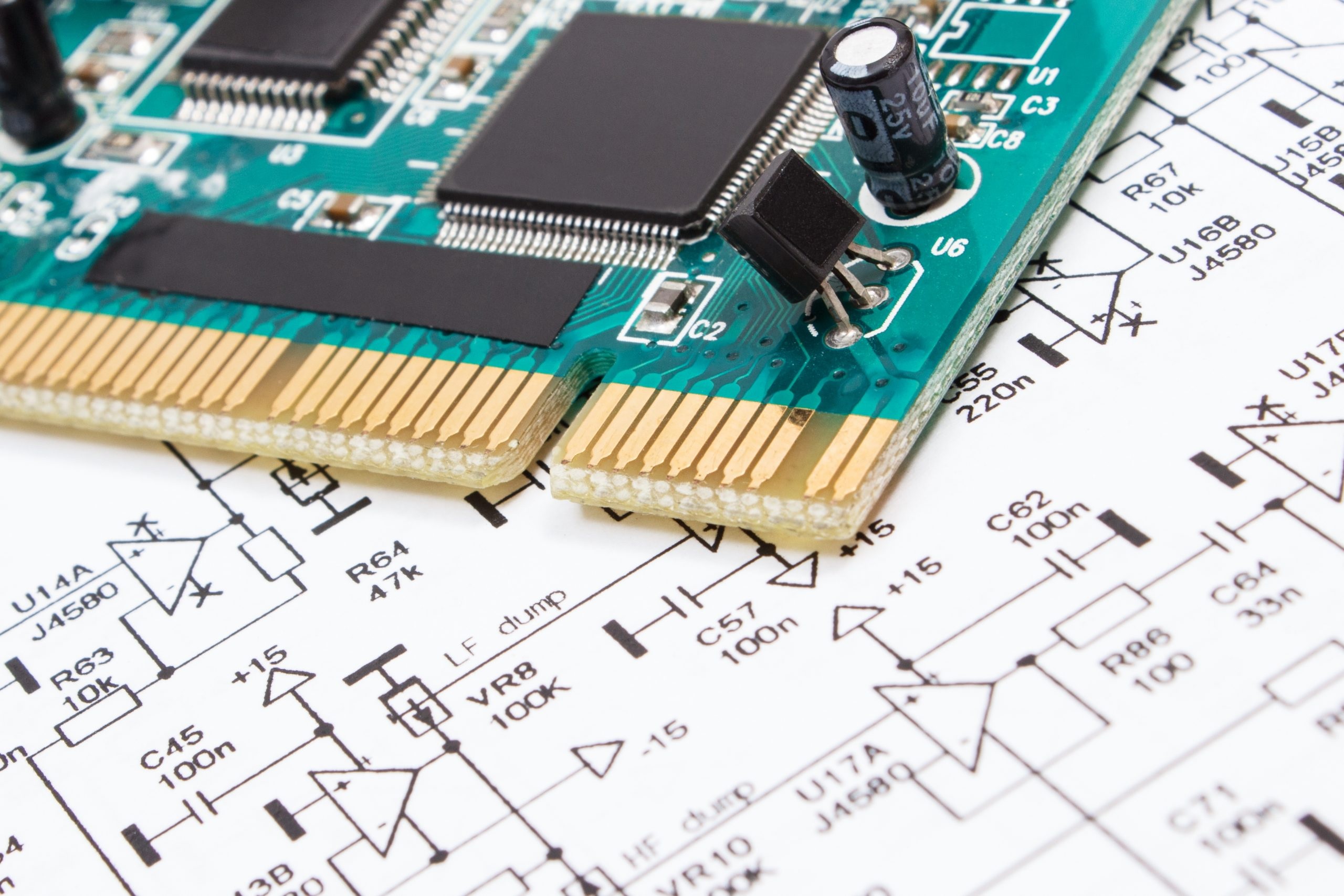
In the realm of electronics manufacturing, the process of prototyping PCB (printed circuit board) plays a crucial role in ensuring the functionality and reliability of electronic devices. Engineers and designers turn to PCB sherlock analysis to streamline this process and improve the quality of printed circuit board prototypes. This article will explore the world of printed circuit board prototyping and the transformative impact of reliability analysis simulation software, examining how it enhances design efficiency, reduces costs, and ensures optimal performance.
Understanding printed circuit board Prototyping: Printed circuit board prototyping lies at the core of electronic device development. It transforms circuit designs into physical printed boards to test functionality, identify potential issues, and optimize performance. Prototyping allows engineers to validate their designs, ensure proper component placement, and refine circuit layouts before mass production. By embracing PCB sherlock analysis, the prototyping process becomes more efficient, accurate, and reliable.
Unleashing Design Efficiency: PCB Sherlock analysis refers to a specific type of analysis conducted using consulting software. It is a reliability analysis software tool that assesses the health, integrity, and performance of printed circuit boards. It utilizes a combination of data analytics, modeling, and simulation techniques to evaluate the reliability and predict the remaining useful life of the circuit board.
The analysis involves the application of advanced algorithms and methodologies to analyze various aspects of the circuit board, including the components, solder joints, traces, vias, and overall design. The software can detect potential failures, identify weak points, and provide insights into the reliability and durability of the device.
Ensuring Optimal Performance: Reliability analysis is a critical aspect of printed circuit board prototyping, and simulation software excels. By subjecting printed circuit board designs to rigorous virtual tests, engineers can evaluate the reliability of components, identify potential failure points, and optimize design choices to enhance overall performance. Through techniques like stress testing, thermal analysis, and fault simulations, reliability analysis simulation software allows engineers to make informed decisions that result in robust and dependable printed circuit board prototypes.
Reducing Iterations and Rework: Using reliability analysis simulation software in printed circuit board prototyping brings substantial cost and time savings. By catching design flaws and potential issues early in the process, engineers can minimize the need for physical iterations and costly rework. Simulation software allows for swift design adjustments, reducing time-to-market and accelerating the development cycle. Additionally, manufacturers can avoid expensive rework by fine-tuning designs before production, optimizing production efficiency, and minimizing material waste.
Bridging Design and Manufacturing: Reliability analysis simulation software fosters collaboration between design and manufacturing teams. The software facilitates effective communication and aligns expectations by providing a virtual platform for engineers and manufacturers to share insights, simulations, and design data. This collaboration ensures that printed circuit board prototypes are optimized for performance and consider manufacturability, resulting in smooth transitions from design to production.
From Virtual Simulation to Physical Prototypes: While reliability analysis simulation software provides valuable insights, validating the designs with physical prototypes is crucial. Simulation results serve as a guide, allowing engineers to verify the accuracy of virtual predictions. Physical prototypes undergo thorough testing, ensuring that the design optimizations made through simulation translate into real-world performance. The combination of virtual simulation and physical validation establishes confidence in the reliability and functionality of printed circuit board prototypes.
Conclusion
Printed circuit board prototyping is a vital stage in the development of electronic devices, and reliability analysis simulation software elevates the efficiency and effectiveness of this process. Engineers can optimize designs, address potential issues, and enhance overall reliability by leveraging simulation tools. Using simulation software in printed circuit board prototyping reduces costs, accelerates time-to-market, fosters collaboration, and ensures optimal performance. Embracing the power of reliability analysis simulation software empowers engineers and designers to create printed circuit board prototypes that meet the highest functionality, efficiency, and reliability standards.




